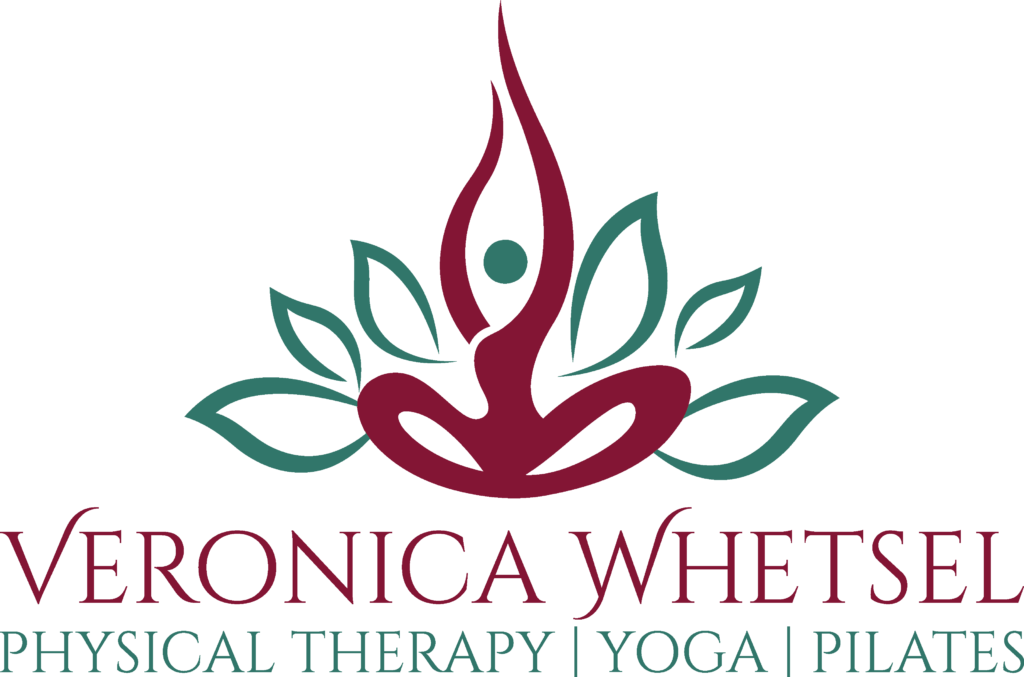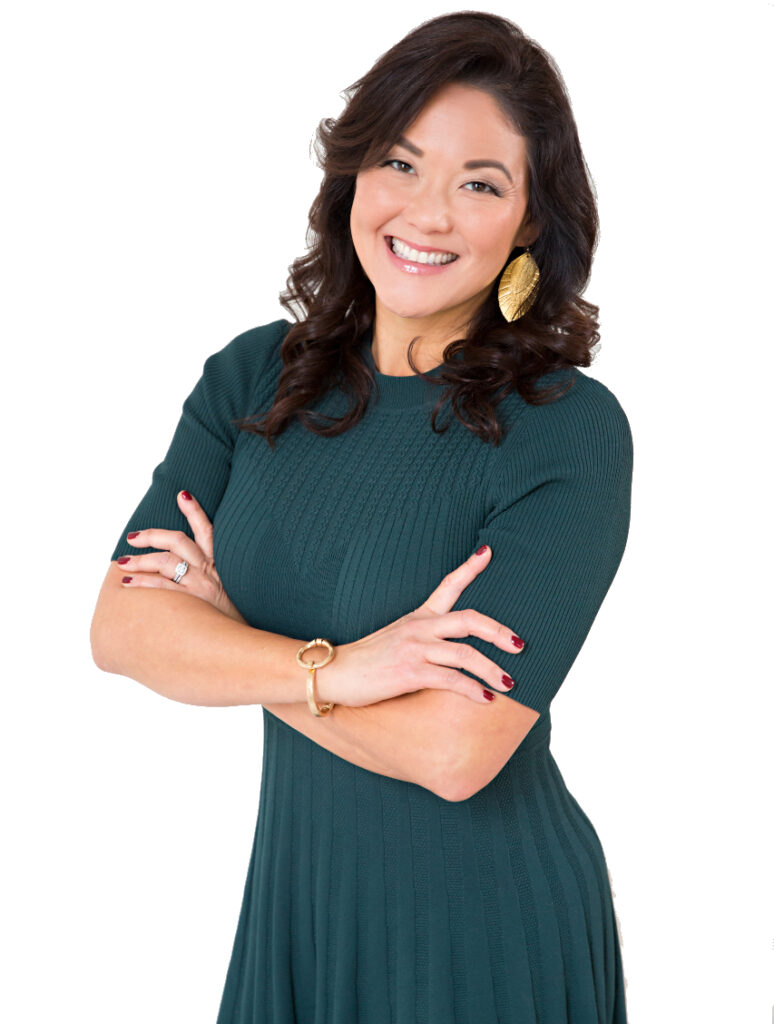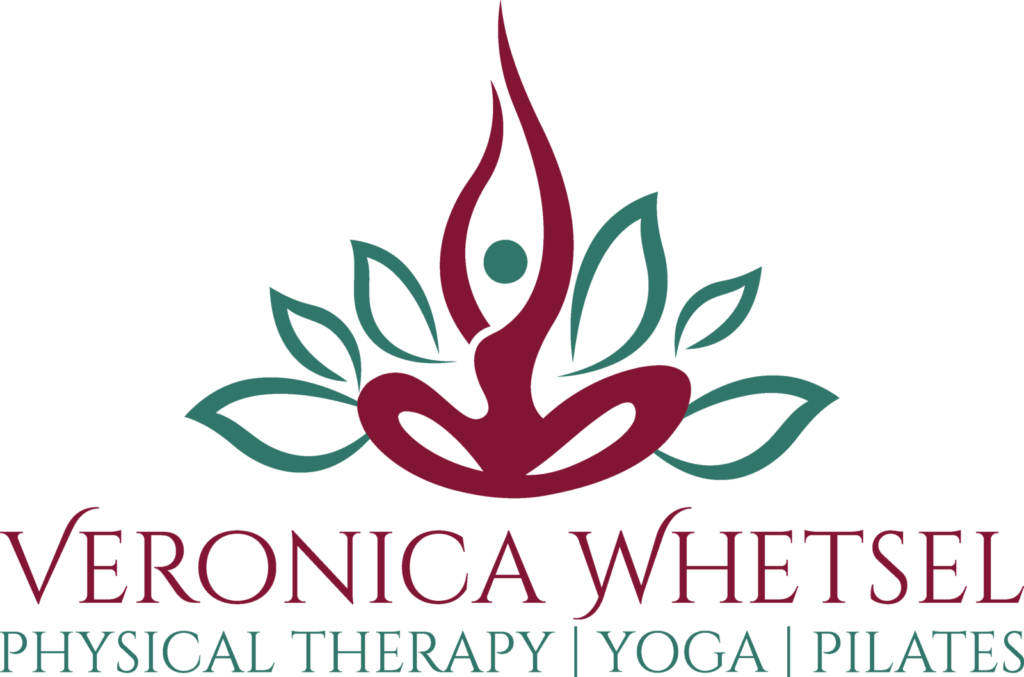Yoga and Pilates are popular practices to improve stability, flexibility and alleviate joint, back and neck pain. While they provide many of the same benefits, including strengthening the core and providing stress relief, they have different origins and methods. If you’re considering exploring these methods of movement, understanding these differences can help you choose between them. To help you find the best fit for you, here’s a simple guide comparing yoga and Pilates.
What’s the Difference Between Yoga & Pilates?
History
Yoga originated over 5,000 years ago in India. Traditionally, there are eight branches of this discipline that include meditation, healing, and physical movement. Asana is the branch most often practiced in yoga classes, and covers different poses.
Pilates on the other hand, was invented by athlete Joseph Pilates in the mid-20th century for rehabilitation, strengthening, and relief from issues like back and neck pain. Pilates began his practice in Europe and opened a studio in New York in the 1960s, at which point many dancers took up his method and brought it to the mainstream.
Variation

Instructors typically sequence each yoga class to explore a different idea. The teacher will choose from thousands of poses, variations, and sequences with differing levels of difficulty. Sessions often incorporate meditation or chanting at the beginning or the end.
Pilates is more structured, and you’ll typically know what to expect from every session. Much like yoga, your instructor will tailor the class to your individual needs. For instance, some sessions may have exercises to improve joint pain caused by arthritis, while others are specifically designed to relieve neck pain with targeted movements.
Workout
Both practices have various positive effects, including improving strength, flexibility, and mobility. However, yoga typically involves working muscles throughout the body with a focus on boosting flexibility, restoring balance, and enhancing the mind-body connection. Equipment is limited to a mat.
Pilates, on the other hand, is designed to target the trunk of the body, including the core and spine. Instructors may use Pilates Apparatus equipment for that purpose, including a reformer, which supports various exercises that work on the shoulders, hips, core muscles in the abdomen and back.
Breathing Techniques
One of the primary objectives of yoga is to provide relief from stress, pain, or mental exhaustion. Breathing and concentration techniques are vital to achieving these goals, so many yoga instructors dedicate time to breath work and mindfulness.
During Pilates, students are taught to breathe in through the nose and out through the nose or mouth, coupling the breath while performing dynamic movements with your body, such as swim prep, frog or mermaid.


